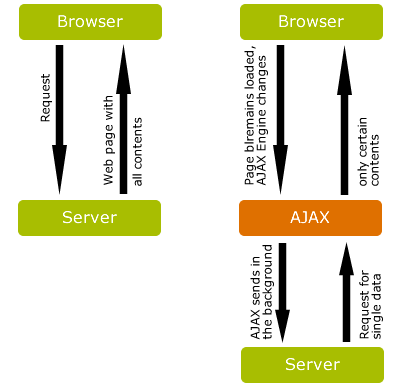We are the Web
Sonntag, 16. November 2008The World Wide Web is turning from a network of machines into a network of human beings:
- The human being is at the centre.
- The user doesn’t simply surf through the net anymore but he modifies and adds to it.
- He writes a web-diary.
- He displays his photographs on exchange sites.
- He puts his knowledge at disposal in online-encyclopaedias.
- He recommends his bookmarks to other users.
- The internet is changing from a network of computers and servers into a network of the people.
- In social networks users are being linked to each other.

|
| Administer pictures with Flickr. |

|
| Writing online diaries (travel diary). |

|
| Manage knowledge with Wikipedia. |

|
| Administer videos with YouTube. |
(According to O’Reilly: Web 2.0 for Participation)

